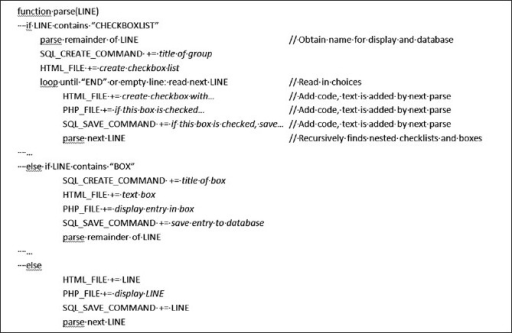

To make it easy to configure your Prism instance with only the languages and plugins you need, use the babel plugin,īabel-plugin-prismjs. You can then import into your bundle: import Prism from 'prismjs'
#Visual studio code php language server parsing install#
If you want to use Prism with a bundler, install Prism with npm: $ npm install prismjs Usage with Webpack, Browserify, & Other Bundlers You have to replace them with valid links to the CDN of your choice.ĬDNs which provide PrismJS are e.g. Please note that links in the above code sample serve as placeholders. You can also add your own themes of course. The setup of the Autoloader, will look like the following. In combination with CDNs, we recommend using the Autoloader plugin which automatically loads languages when necessary. By setting the data-manual attribute on the element containing Prism core, this will be done automatically. If you want to prevent any elements from being automatically highlighted and instead use the API, you can set Prism.manual to true before the DOMContentLoaded event is fired. If you want to opt-out of highlighting but still use plugins like Show Invisibles, add use language-plain class instead.

The none language can also be inherited to disable highlighting for the element with the class and all of its descendants. If you want to opt-out of highlighting a element that inherits its language, you can add the language-none class to it. This way, you can also define a document-wide default language, by adding a language-xxxx class on the or element. Therefore, if multiple elements have the same language, you can add the language-xxxx class on one of their common ancestors. To make things easier however, Prism assumes that the language class is inherited. If you have large portions of HTML code, you can use the Unescaped Markup plugin to work around this. Note: You have to escape all elements (code blocks and inline snippets) with < and & respectively, or else the browser might interpret them as an HTML tag or entity. (both for semantics and for Prism) is a element with a element inside, like so: p The recommended way to mark up a code block Therefore, it only works with elements, since marking up code without a element is semantically invalid.Īccording to the HTML5 spec, the recommended way to define a code language is a language-xxxx class, which is what Prism uses.Īlternatively, Prism also supports a shorter version: lang-xxxx. Prism does its best to encourage good authoring practices. You will need to include the prism.css and prism.js files you downloaded in your page. If someone can read code, they are probably in the 95% of the population with a modern browser.

Other highlighters encourage or even force you to use elements that are semantically wrong, Each language definition adds roughly 300-500 bytes. If you’re still not sold, you can view more examples or try it out for yourself. This page’s logo (SVG), highlighted with Prism: This page’s HTML, highlighted with Prism: This page’s CSS code, highlighted with Prism: The Prism source, highlighted with Prism (don’t you just love how meta this is?):


 0 kommentar(er)
0 kommentar(er)
